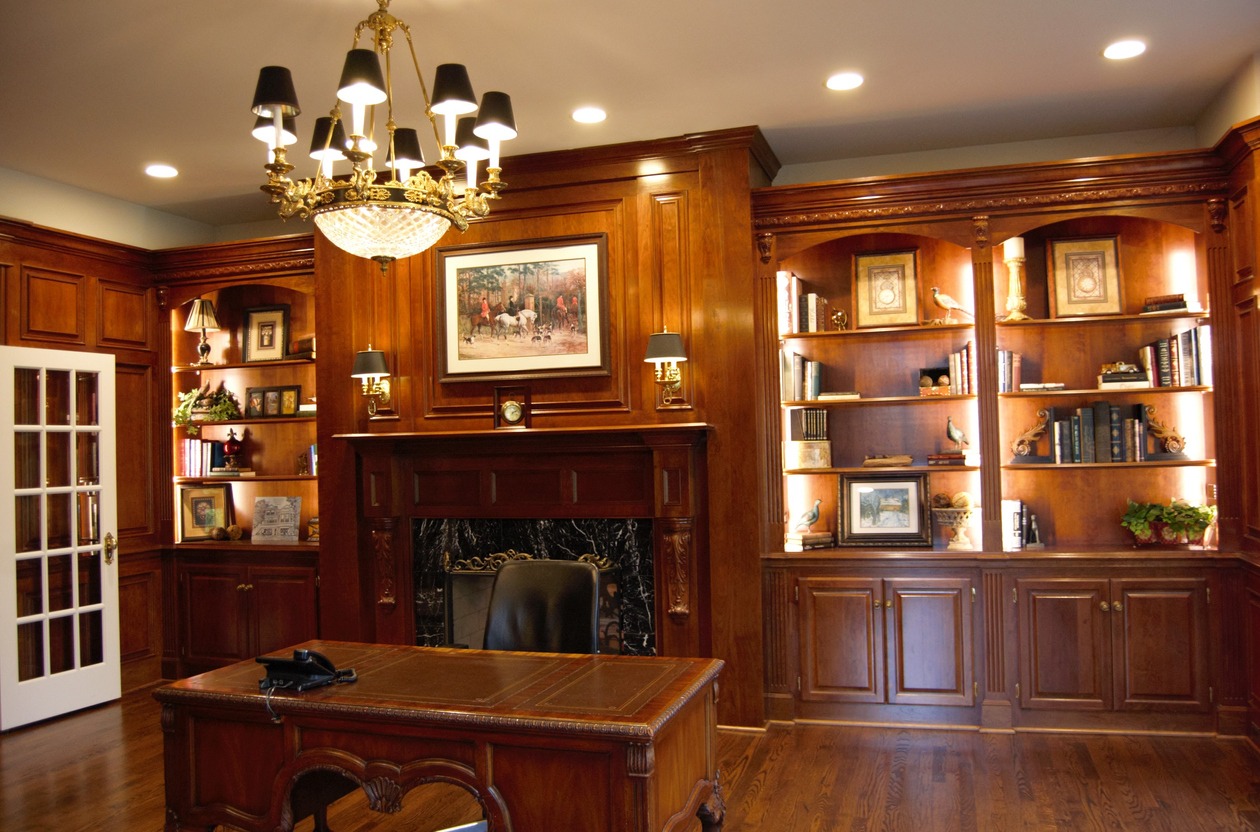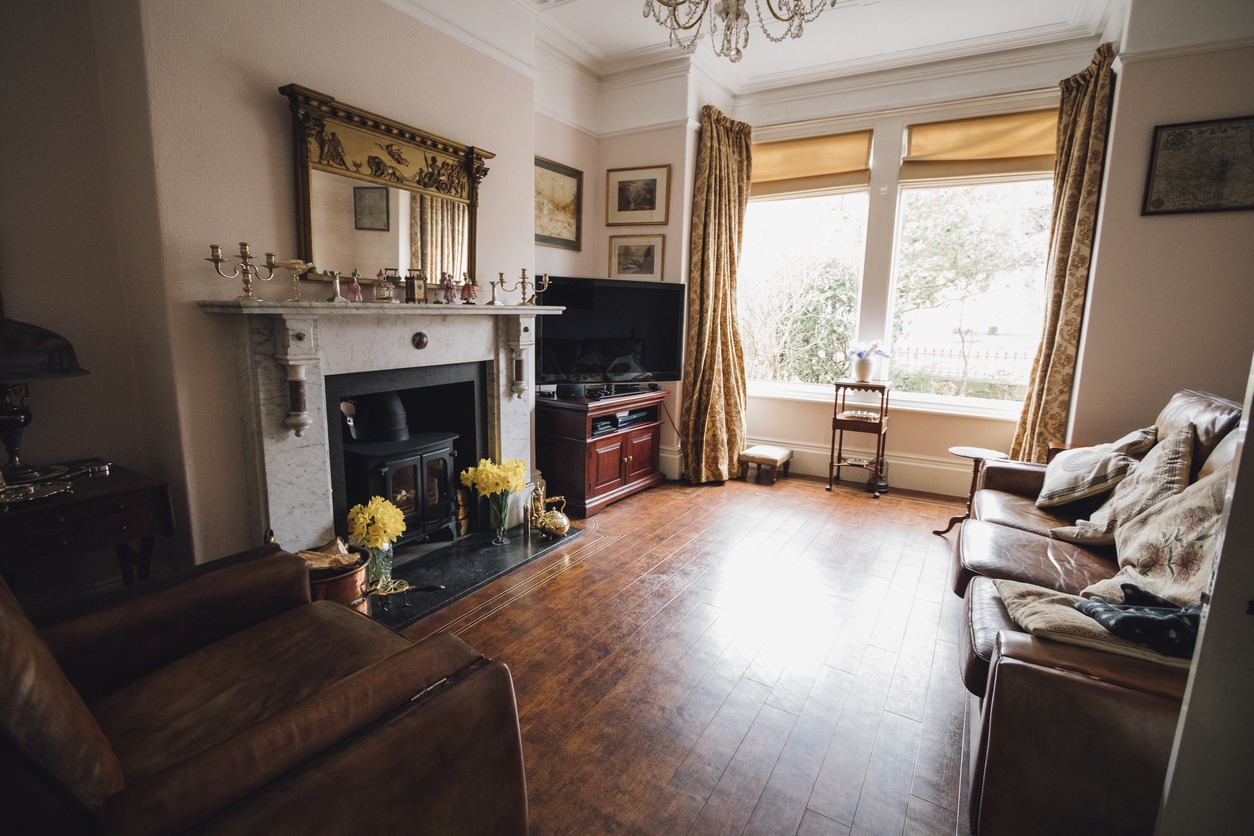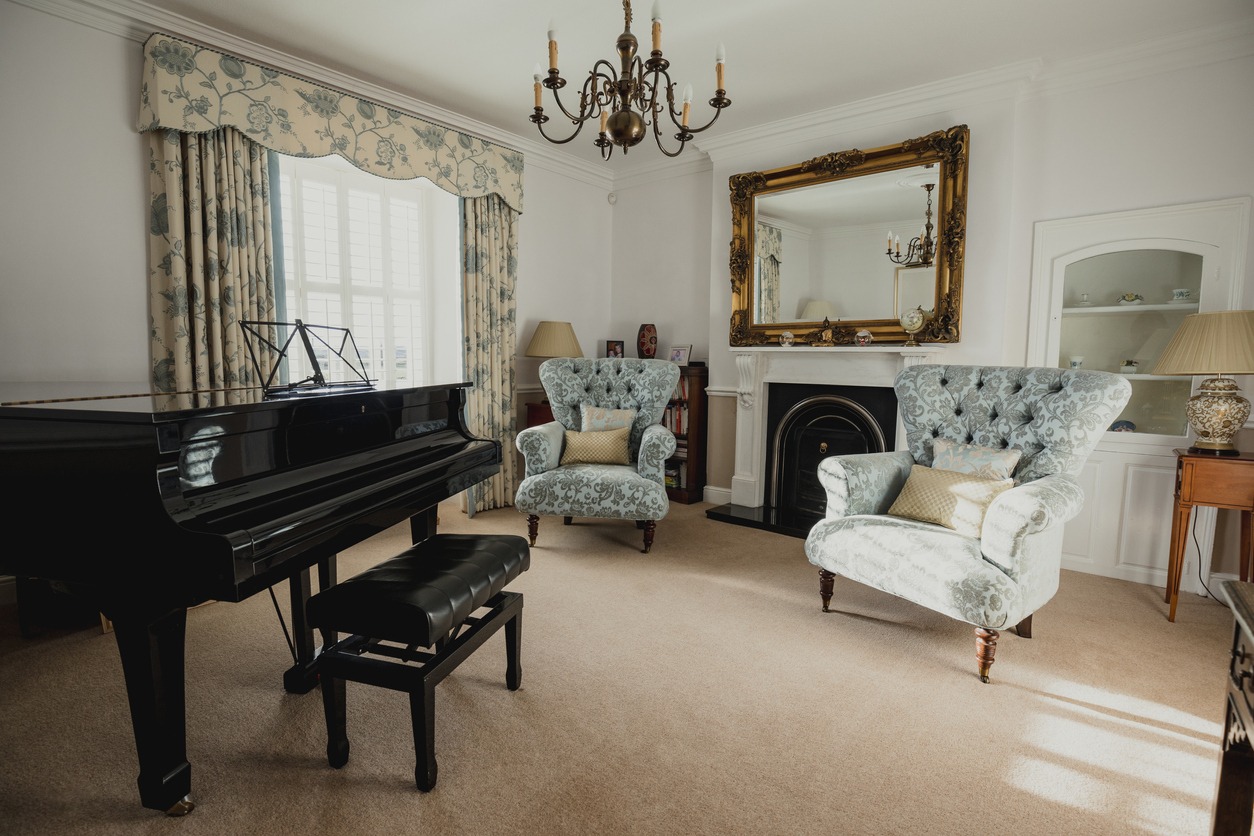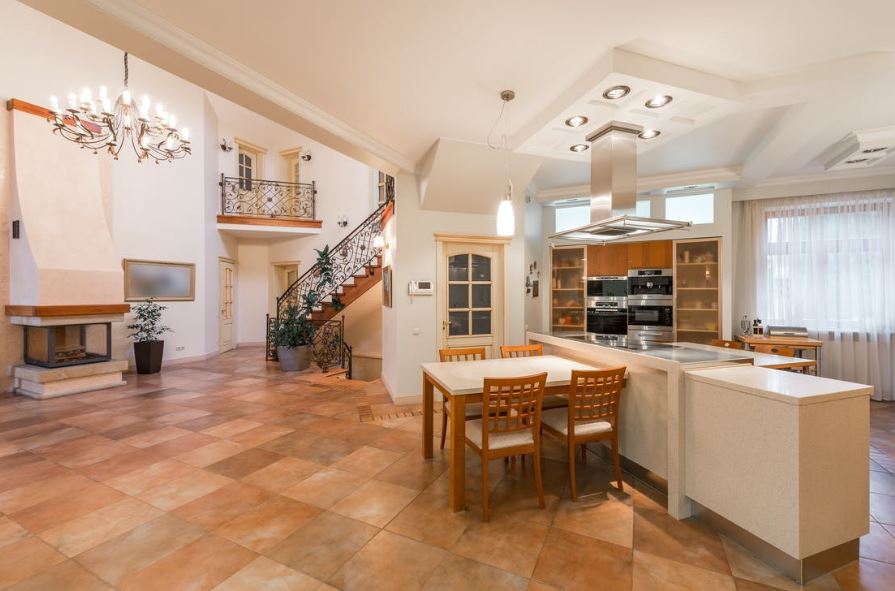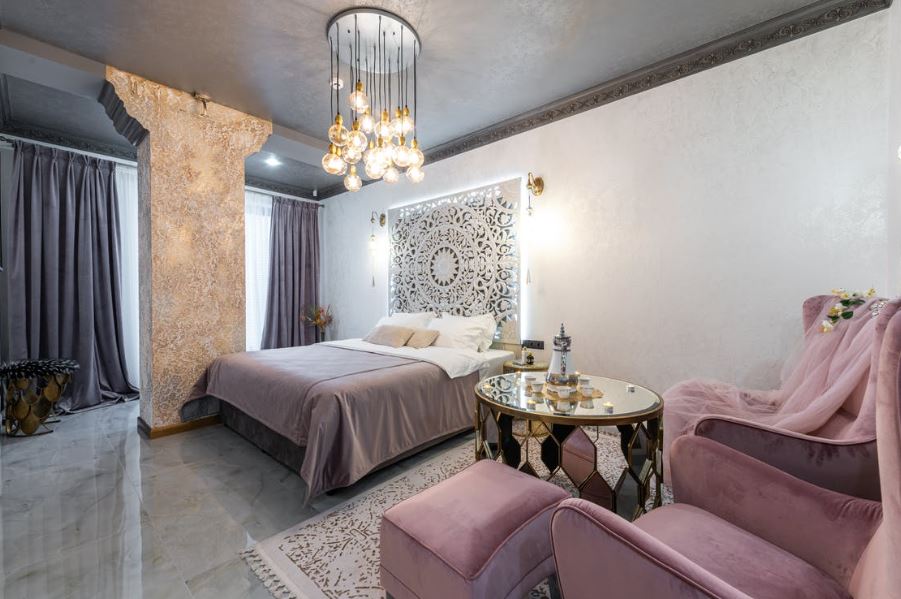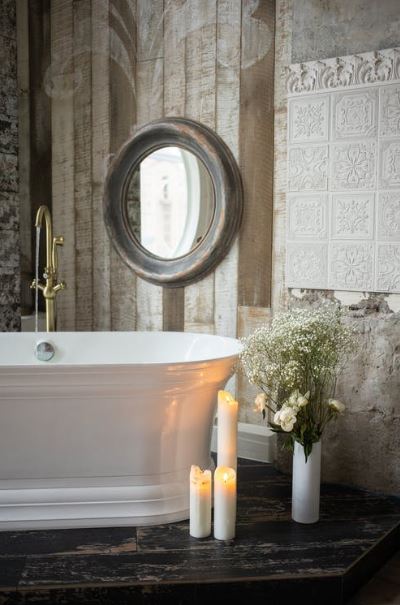Traditional interior design is exactly what it sounds like: a classic, warm, comforting, and familiar style of home décor that is rooted in the traditions of the past without being specific to any period.
Traditional interior design has stood the test of time because it is timeless and classic.
Origins of Traditional Interior Design Style
Traditional interior design is a popular décor style based on 18th- and 19th-century European aesthetics and conventional views of a home.
While other, more exciting, trendy, or decade-specific design eras come and go, traditional interior design continues to exist in the background while quietly humming along. Fans of classical design re-created old Queen Anne chairs and Chippendale highboy dressers using the same production techniques.
The traditional design appealed to the majority, whereas Memphis design and other short-lived postmodern trends of the 1980s attacked every conventional notion of color and form but never challenged the mainstream.
How to Integrate Traditional Design into Your Home
Incorporating classic design into your present style does not necessarily mean that your property will appear dated. There are methods to establish a healthy balance between the old and the modern.
- Traditional interior design is a serious collection of unique objects, so have fun and be adventurous.
- The best traditional-style homes do not adhere to a single style, as no era or design should precede another.
- To create a bright, somewhat extravagant tableau, symmetry is essential.
- Patience, as no home can be decorated quickly, and sometimes locating the correct items might be more difficult than, for example, visiting a showroom and purchasing everything from a single brand.
Traditional design colors
Unlike other interior designs that only represent a certain period like the popular interior design styles of the 2000s, traditional design on the other hand, allows for a great deal of experimentation and even playfulness, especially in terms of color.
Do reject lifeless white walls in favor of vibrant hues as a foundation from room to room. Keep the sometimes disparate assortment of furnishings cohesive by combining a small number of colors that match the mood you wish to evoke.
However, our designers recommend avoiding too much white or black and too many shocking, significant hues. They will overwhelm the diverse mix you’ve developed to breathe life into your traditional living room.
Traditional interior design furniture
Traditional interior design is not limited to a single style or era; rather, it consists of an eclectic yet harmonious blend, with the ultimate common denominator being a grand gesture to history and a celebration of exquisite design.
Begin by removing furniture that lacks a definite historical style or ornamentation, and rid your home of extremely minimal contemporary pieces that are plain in form and spirit.
Replace them with historical pieces that you find engaging and full of personality while emphasizing architectural features such as moldings and fixtures.
Finish the appearance with a colorful assortment of complementary items from previous eras for an eclectic symphony of traditional style.
Traditional design textiles
Traditional designed textiles can be rich and have various resources for integrating wild yet traditional colors and patterns into your home, and the sky is the limit.
From vintage tapestries to fresh gingham to Laura Ashley-inspired florals and chintz, the broad collection of traditional interior design fabrics offers an abundance of delight and freedom.
Avoid geometric patterns or shapes, which are too sterile for classic luxury home design, when selecting upholstery and pillows with a focus on nature. Contrast them with colorful stripes.
Traditional design accessories
Accessories for this medley of design styles offer countless alternatives while retaining classic design characteristics.
As with furniture, traditional interior design accessories can range from mid-century modern to traditional Chinese themes; it’s all a matter of arrangement as long as it is captivating and dramatic and play with large scale and highlight decadent accents. The vast majority of traditional-style homes you’ll encounter in your research offer precisely that – rich, enticing vignettes of items of uncompromised quality and ornate design.
Traditional style window treatments
The window treatments and covers should also incorporate a conventional, classical design for an upscale appearance and effortless elegance.
Go for dramatic Austrian shades, floor-to-ceiling neutral-toned drapes, and decadent velvet curtains in rich jewel tones, as no traditional-style homes are complete with bare windows.
Consider topping window treatments with a boxed valance featuring a Grecian key motif or embroidered border for the pinnacle of traditional interior design knowledge.
ROOM-BY-ROOM TRADITIONAL DÉCORATION STYLE
From stunning traditional bathroom ideas to what it takes to create a warm and inviting traditional kitchen, here’s everything you need to know to master the look throughout your house.
Traditional Kitchen
The timeless style of a traditional kitchen should not be confused with that of a rustic kitchen, even though the two styles have classic elegance and French and English influences.
And unlike the current minimal style of today, which is characterized by brilliant white rooms, kitchens with classic interior design tend to choose subdued creams, taupes, light grays, and greens.
You will spend much time in this often used common space, creating an eclectic atmosphere by combining contrasting decor components and adding a sense of nature with patterns and prints that evoke the great outdoors with whimsical flora and wildlife.
Avoid modern elements and sleek hardware not of a unique style genre.
In addition, be sure to choose fixtures and other hardware, such as lights, with attractive silhouettes and features.
Traditional Style Dining Room
Dining rooms that exude old-school sophistication and polish are a prominent aspect of traditional-style homes due to their deliberate formality.
You can master traditional interior design in your house by emphasizing symmetry to tie everything together and opting for clean, straight lines and timeless, elegant furnishings.
Consider inlaid wood, crystal ornamental pieces and fittings, polished silver, a magnificent buffet, and a formidable China cabinet with everything organized ideally for impromptu entertaining.
Traditional Living Room Decor
Traditional living room decor combines design styles and eras with a consistent approach to placement and harmony in juxtaposing decorative items.
Create a traditional living room like the one above by showcasing mismatched, statement-making pieces that keep the eye moving throughout the space.
Start with a powerful base color and add an antique, contemporary, and ornate pieces with various hues for a luxurious and inspirational traditional interior design.
Traditional Style Bedroom
To create a traditional style bedroom retreat, maintain flooring and walls in a relaxing putty tone. You can easily incorporate classic interior design into your bedroom by starting with a relaxing foundation.
Using a strong main color to pull together different design styles will help you ace traditional interior design.
Traditional Bathroom Ideas
Because traditional bathroom ideas are fantastic for establishing magnificent private spaces, you should investigate ways to give your bathrooms a lavish, opulent appearance.
Bring a sense of everyday glam traditional home design by going all out with crystal features, Art-Deco-inspired components, and fascinating wall coverings. This will create a room whose luxury speaks for itself.
If you want to know more about interior designing, there are best interior designing schools in New York. Discover how to blend the old with the new in our latest post on contemporary vs. traditional design styles.

